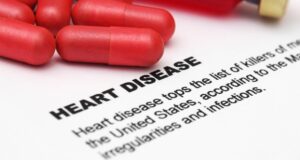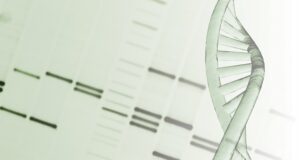
Announcing a new publication for Acta Materia Medica journal. Herba Siegesbeckiae (HS) has been traditionally used for managing cardio- and cerebro-vascular diseases. Previous studies have demonstrated that HS ameliorates myocardial ischemia/reperfusion (I/R) injury. Also, the differentially expressed proteins between HS and I/R groups were shown to be displayed as UCHL5 and were mainly enriched in the NLRP3 inflammasome pathway. However, further elucidation is required concerning the effective subfractions, constituents, and HS influence on the UCHL5/NLRP3 pathway.
In this study a co-immunoprecipitation assay and UCHL5 overexpression in cardiomyocyte explores were used to determine the interaction between UCHL5 and NLRP3 during myocardial I/R. The water extracts of HS were subjected to column chromatography using a macroporous adsorption resin. Four HS subfractions (HS-A [H2O elution], HS-B [20% ethanol elution], HS-C [50% ethanol elution], and HS-D [95% ethanol elution]) were obtained. HS-C exhibited the most significant protective effect against myocardial I/R and improved I/R injury in vivo. HS-C markedly restrained the expression of UCHL5 and NLRP3 and resisted the role of UCHL5/NLRP3 in the pathogenesis of I/R. Eleven main constituents of HS-C were identified, among which kirenol best displayed anti-I/R injury activity and binding energy. Kirenol accounted for 62.4% of HS-C.
Thus, HS-C effectively protected against myocardial I/R injury, which was attributed to mitigation of the UCHL5/NLRP3 pathway and kirenol was identified as the core active constituent.
Source:
Journal reference:
Wu, X., et al. (2024). Exploring the efficacious subfractions and underlying mechanisms of Herba Siegesbeckiae against myocardial ischemia/reperfusion injury via the UCHL5/NLRP3 pathway. Acta Materia Medica. doi.org/10.15212/amm-2024-0030.




